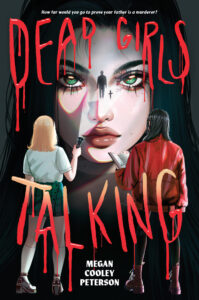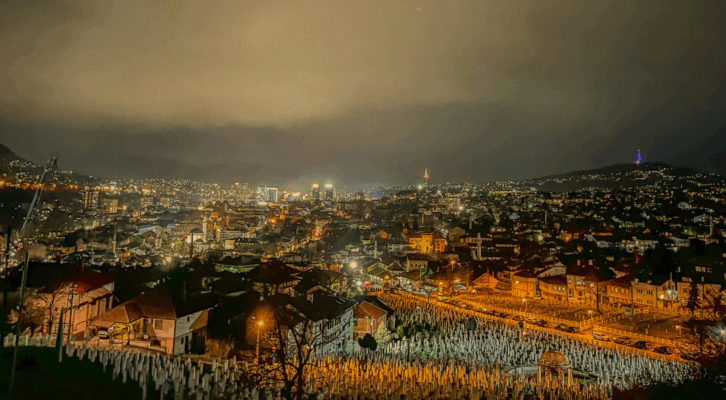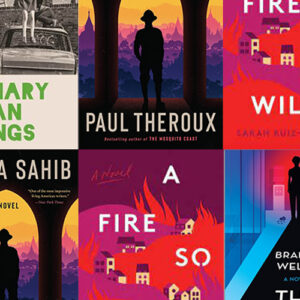Minnesotans of a certain age remember when 11-year-old Jacob Wetterling went missing the night of October 22, 1989. Jacob, his brother, and a friend were riding their bikes near the Wetterling home in St. Joseph, Minnesota, when a man with a gun took Jacob. No one saw Jacob alive again. (His killer finally confessed in 2016.)
Whenever my friends and I would play in the woods, we kept an eye out for Jacob. I remember scouring the trees, thinking maybe he’d gotten lost, and I could help find him. We didn’t understand that monsters walked among us.
I wonder if Jacob’s abduction explains, at least in part, my lifelong fascination with true crime. I have this need to understand why people do terrible things. Each book I write is my attempt to answer that question, just a little bit. In our culture’s desire to devour everything true crime (I’m guilty of it, too), the victims often feel reduced to characters in someone else’s violent story.
But the dead still have stories to tell.
In my newest novel, Dead Girls Talking, I put the focus on the victim and her daughter. The protagonist, 16-year-old Bettina, is famous for all the wrong reasons—her father killed her mother, and she was the star witness at his trial. When a string of copycat murders hits her hometown, she teams up with the undertaker’s daughter, and town outcast, to stop the killer. I loved writing about teenage girls who discover their own power and push back against the narrative that a woman’s only role in true crime is that of the beautiful victim.
Here are eight true crime books that explore the genre in wildly different and interesting ways.
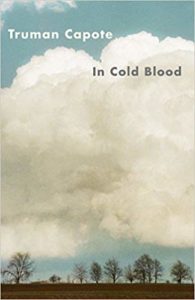
In Cold Blood by Truman Capote
In 1959, Dick Hickock and Perry Smith killed four members of the Clutter family in their farmhouse in Holcomb, Kansas. The murders shocked America, and soon author Truman Capote arrived on the scene. He spent hours interviewing the victims’ family and friends, the Holcomb community, and the men convicted of the killings. He even attended their executions. Capote described In Cold Blood as a “nonfiction novel.” Most agree it’s a classic of the true crime genre.
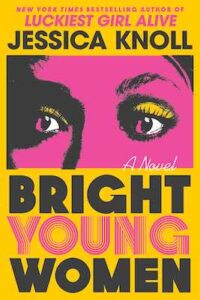
Bright Young Women by Jessica Knoll
In Bright Young Women, Jessica Knoll fights against the idea that serial murderer Ted Bundy was smart, handsome, and charming. Her Bundy-inspired killer takes a backseat to the victims. Knoll shines a light on the brave, resilient women who survive a brutal attack at a Florida sorority house. She also gives a voice to the lives that were cut painfully short. This book is a powerful addition to true crime-inspired fiction.
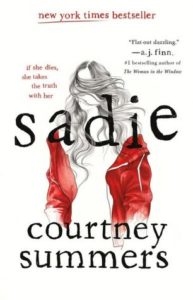
Sadie by Courtney Summers
Sadie is the story of a girl trying to find her sister’s murderer, and a male podcaster telling their story. Summers’s choice to make the podcaster a man is no coincidence. Her novel is a fascinating, cutting exploration of how society in general, and the true crime genre in particular, exploits women and girls and turns their pain into entertainment.
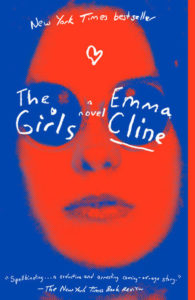
The Girls by Emma Cline
Would you ever join a cult? In The Girls, 14-year-old protagonist Evie Boyd is lonely and bored when she meets a group of girls at a park. She is drawn to one older girl in particular, who invites her into a captivating, and dangerous, new world. Cline’s novel is inspired by real-life cult leader Charles Manson who ordered his followers to carry out seven gruesome murders in Los Angeles, California, in 1969.
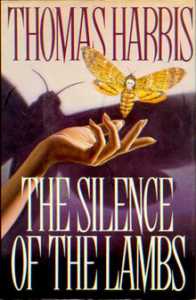
The Silence of the Lambs by Thomas Harris
Hannibal Lecter is one of my favorite villains. In The Silence of the Lambs, FBI trainee Clarice Starling seeks the advice of this brilliant, yet violent psychiatrist as she attempts to capture a serial killer nicknamed “Buffalo Bill.” The real-life case of Ed Gein provided the chilling blueprint for Buffalo Bill, who like Gein, removed his victims’ skin. It’s no surprise that Gein’s life also inspired Psycho and The Texas Chainsaw Massacre.
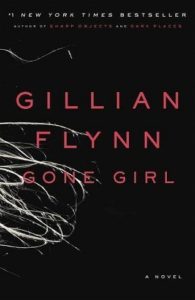
Gone Girl by Gillian Flynn
Gillian Flynn’s Gone Girl takes the familiar story of the missing wife and shady husband and turns it on its head. Her characters, Nick and Amy Dunne, are not in a happy marriage. When Amy goes missing, all eyes turn to Nick. But Amy is so much more than she appears. Flynn has said she saw parallels between Gone Girl and the true story of Laci Peterson. Laci was eight months pregnant when she was reported missing in 2002. Her husband, Scott Peterson, played the grieving husband for the media. Two years later, he was convicted of murdering Laci and their unborn son.
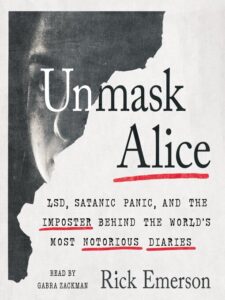
Unmask Alice: LSD, Satanic Panic, and the Imposter Behind the World’s Most Notorious Diaries by Rick Emerson
Does literary crime fall into the true crime genre? For me it does! I read Go Ask Alice, the anonymous diary of a teenage addict, when I was in junior high. It is allegedly the true diary of a girl growing up in the 1960s. The girl falls in with a “bad crowd,” becomes addicted to drugs, and dies of an overdose. Only it turns out, the “diary” was fabricated, and the story of how this literary fraud was perpetrated must be read to be believed.
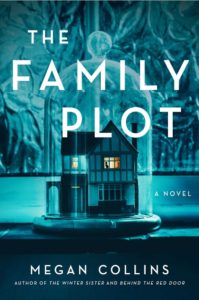
The Family Plot by Megan Collins
What would it be like to grow up in a family obsessed with true crime? Megan Collins explores this idea in her novel The Family Plot. The parents in the novel are obsessed with true crime, naming each of their children after famous murder victims. When the father dies and the adult children return home to bury him, they find their long-lost brother already buried in their father’s reserved plot. Several true crime cases are alluded to in this story, including the Black Dahlia, Charles Manson, and the Lindbergh baby kidnapping. It’s a deliciously sinister read.
***
Above is the cover reveal for Megan Cooley Peterson’s Dead Girls Talking, forthcoming from Holiday House in June 2024.


